This coconut chutney is a staple whenever we make idlis, dosas or any other South Indian breakfast/snack. It is a really simple recipe and is ready in 5 minutes. Even novices can make coconut chutney easily.
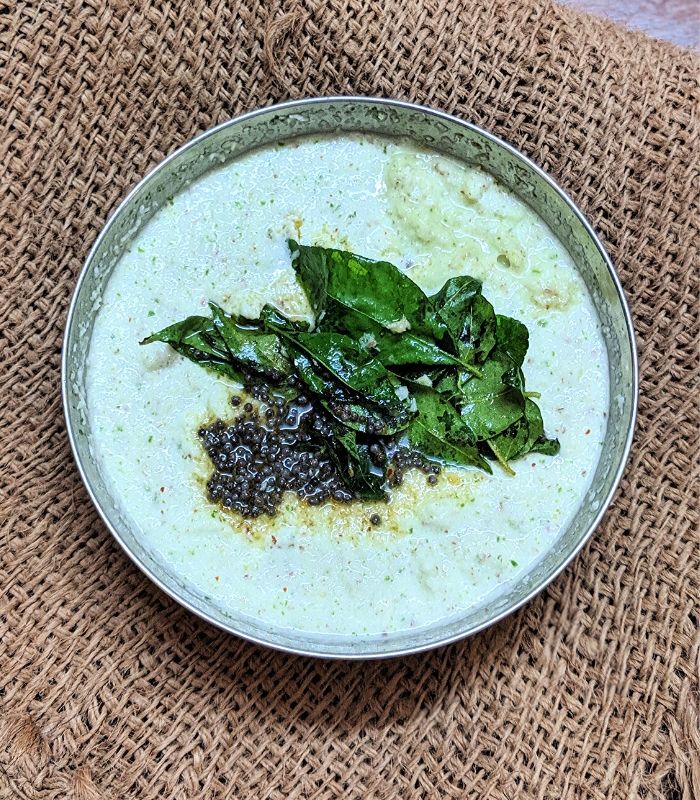
My mother-in-law is from South India, and this is her recipe that is made very well by the husband, who is clearly the coconut chutney expert in the home. There are 2 coconut trees in my in-laws' home, and my mother-in-law brings us those coconuts whenever she visits us. Those coconuts are sweet and make this chutney even more delectable.
Here is my easy and super tasty South Indian coconut chutney recipe:
Ingredients:
1 coconut
4 cloves garlic
2 green chillies
Handful of cilantro leaves
Salt
For tempering
1 tsp. oil
½ tsp. mustard seeds
1 pinch asafoetida
1 sprig curry leaves
1-2 dry red chillies
Recipe:
Blend together all the ingredients for the chutney till you get a smooth and thick chutney. Your chutney should be thick so use very little water. Add salt to taste.
Now before serving, give a tempering by heating oil. Add mustard seeds and allow to sputter. Add asafetida or heeng along with dry red chillies and curry leaves. Turn off the heat and tip over into the chutney.
Serve the coconut chutney.
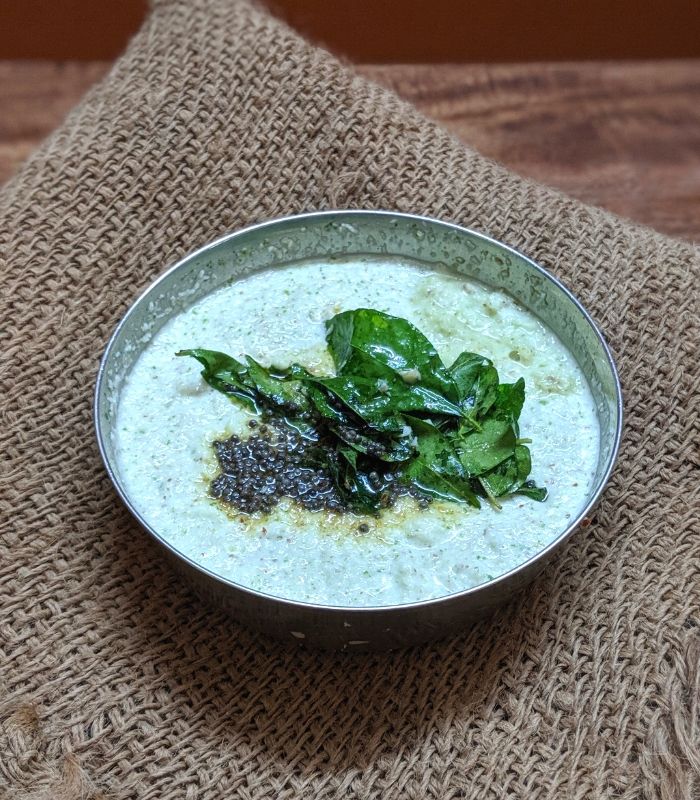
Pro Tips:
If you don't like garlic then you can skip it. We love its taste in the chutney.
Variation 1
Adding a small piece of ginger along with few mint leaves enhances the taste of the chutney. Sometimes when I don't have cilantro (coriander) leaves, I use only mint leaves. Sometimes a combination of cilantro and mint leaves also works really well.
Variation 2
If you like white coconut chutney, the kind I used to have in my college canteens, just avoid cilantro leaves and make a chutney of the other ingredients and give a tempering. This one has a strong and sweet coconut taste.
Variation 3
Roasted gram tastes good in the coconut chutney and increases its protein content as well. You can use ½ cup coconut pieces or grated coconut and ½ cup roasted gram along with the other ingredients mentioned above and make this variation. You can add a tbsp. of tamarind paste to it if you like for added sourness.
Storage Tips:
1. Refrigerate the chutney after preparation and consume on the same day.
2. This coconut chutney can go bad easily and quickly when left outdoors and even within the fridge by next day.
3. In case you have more chutney than you can consume, add this chutney to enhance the flavour of your curry and to make it thicker.
4. This chutney is best prepared fresh and consumed within hours. You can make small quantities as well.
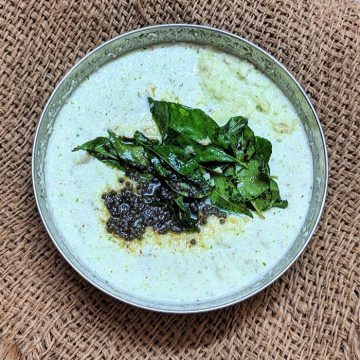
Coconut Chutney Recipe
Ingredients
- 1 coconut
- 4 cloves garlic
- 2 green chillies
- Handful of cilantro leaves
- Salt
For tempering
- 1 tsp. oil
- ½ tsp. mustard seeds
- 1 pinch asafoetida
- 1 sprig curry leaves
- 1-2 dry red chillies
Do you want to save this recipe?
Enter your email below & we'll send it straight to your inbox. Plus you'll get more great recipes and tips from us each week!
Instructions
- Blend together all the ingredients for the chutney till you get a smooth and thick chutney. Your chutney should be thick so use very little water. Add salt to taste.
- Now before serving, give a tempering by heating oil. Add mustard seeds and allow to sputter. Add asafetida or heeng along with dry red chillies and curry leaves. Turn off the heat and tip over into the chutney.
- Serve the coconut chutney.
Notes
Variation 1
Adding a small piece of ginger along with few mint leaves enhances the taste of the chutney. Sometimes when I don't have cilantro (coriander) leaves, I use only mint leaves. Sometimes a combination of cilantro and mint leaves also works really well.
Variation 2
If you like white coconut chutney, the kind I used to have in my college canteens, just avoid cilantro leaves and make a chutney of the other ingredients and give a tempering. This one has a strong and sweet coconut taste.
Variation 3
Roasted gram tastes good in the coconut chutney and increases its protein content as well. You can use ½ cup coconut pieces or grated coconut and ½ cup roasted gram along with the other ingredients mentioned above and make this variation. You can add a tbsp. of tamarind paste to it if you like for added sourness.
Storage Tips:
1. Refrigerate the chutney after preparation and consume on the same day.
2. This coconut chutney can go bad easily and quickly when left outdoors and even within the fridge by next day.
3. In case you have more chutney than you can consume, add this chutney to enhance the flavour of your curry and to make it thicker.
4. This chutney is best prepared fresh and consumed within hours. You can make small quantities as well.
Nutrition
Do try this easy coconut chutney recipe at home. If you like this recipe, I request you to give it a star * rating either on the recipe card or in the comments. Thanks.
You May Also Like
Pin This
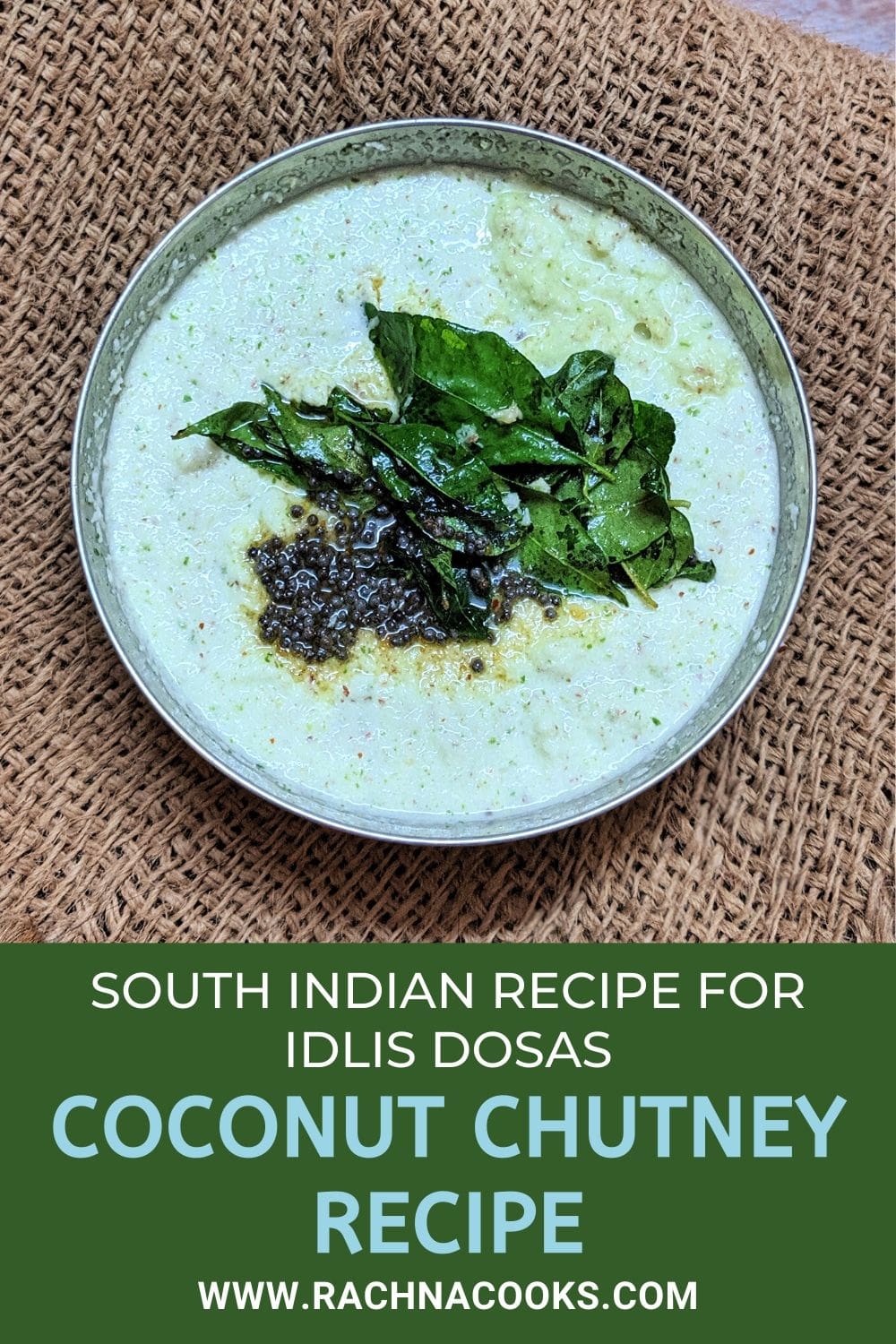


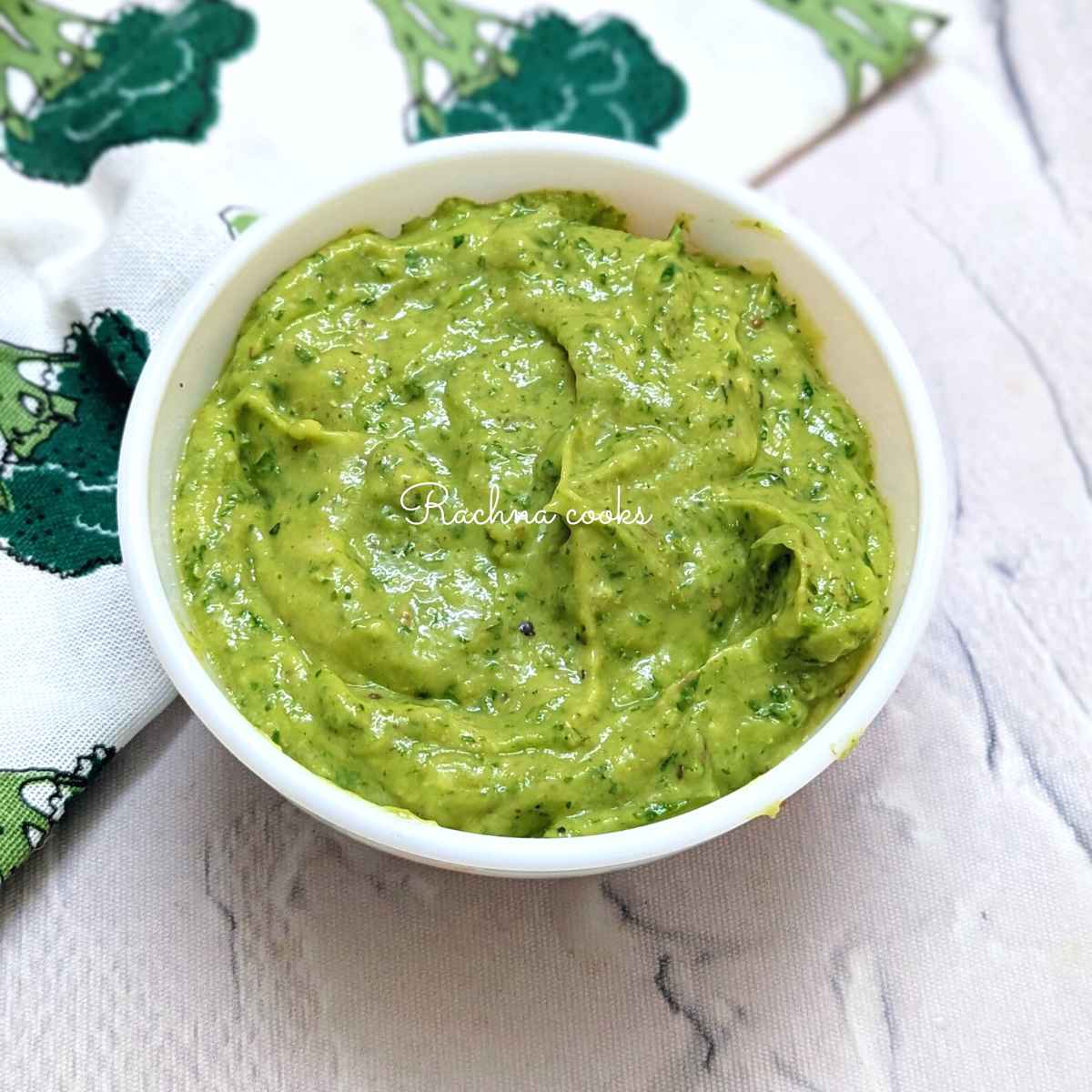
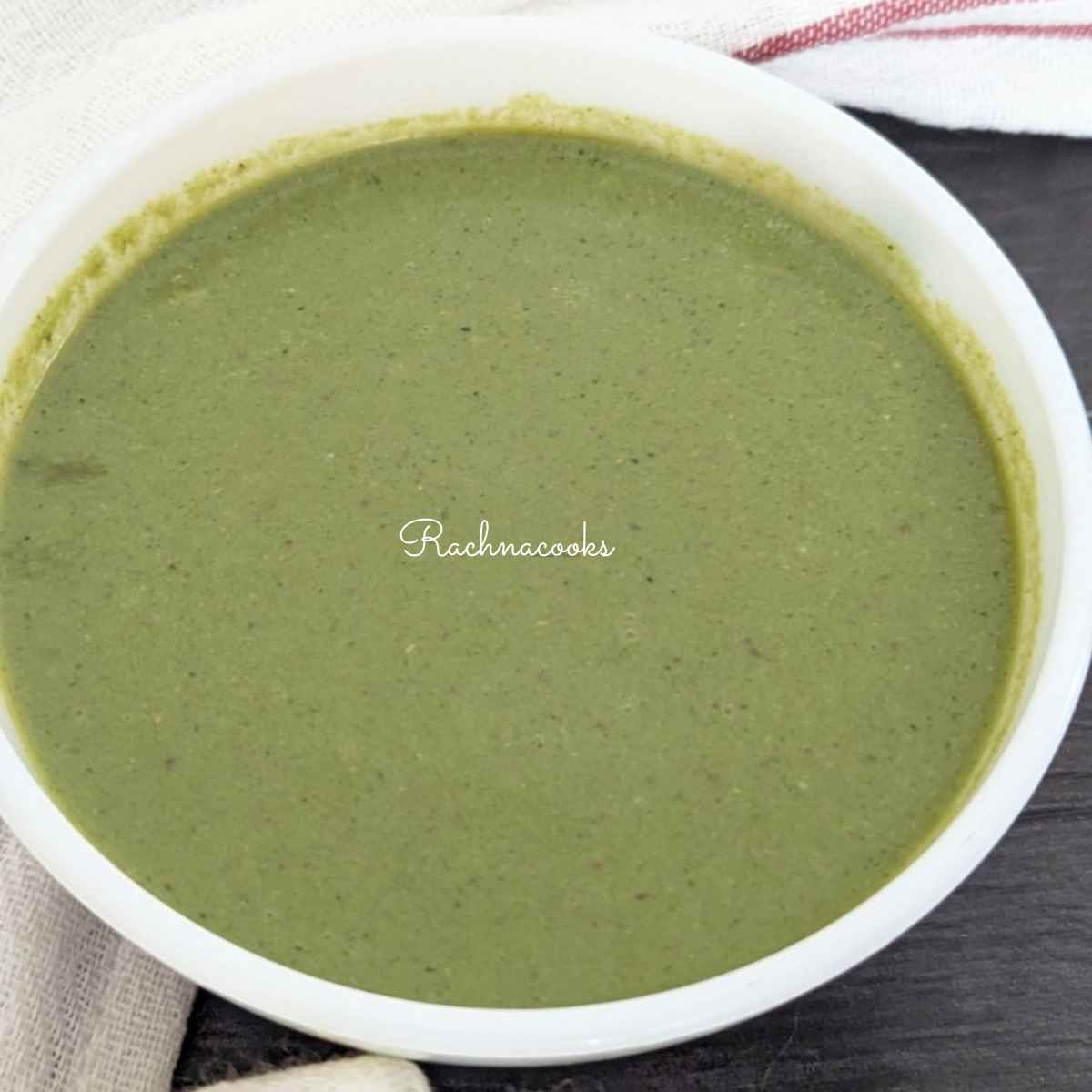


Leave a Reply